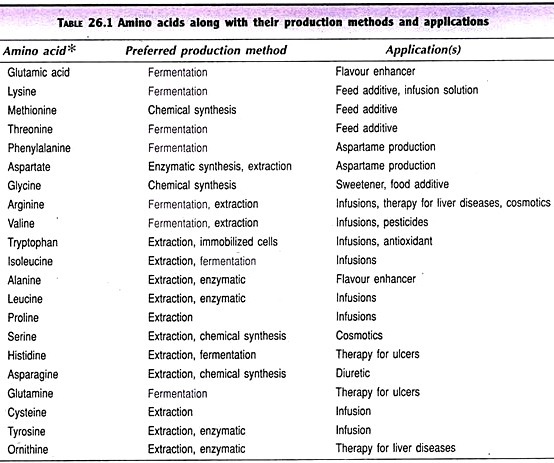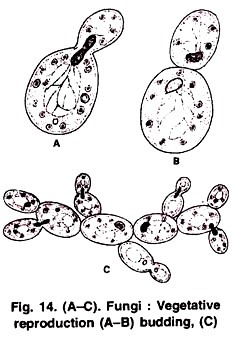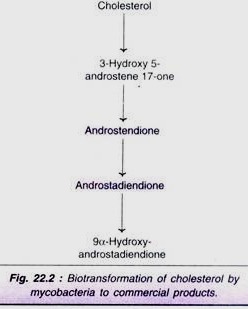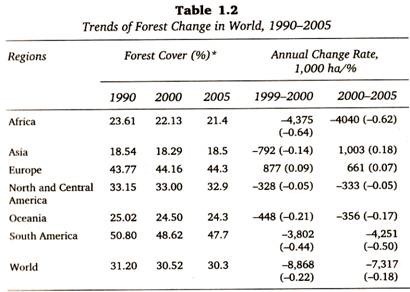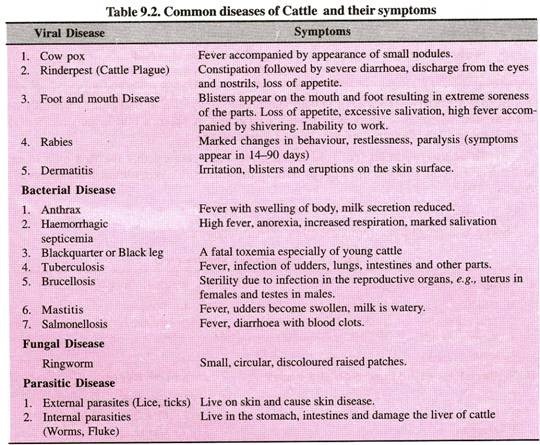Movement of Plants: Continuous & Quick Movements of Plants!
Continuous Movements of Plants:
As a plant grows, the stem tip does not grow upwards in a straight line but follows a curved path.
This movement, known as nutation, occurs when at any given time, one part of the apical meristem grows faster than the rest of the stem.
The region of more rapid growth moves slowly round the apex. This type of movement is more pronounced in climbing plants such as pea, whose stem tips (or tendrils) twine themselves around a support.
The part of the tendril in contact with the support does not grow as rapidly as the part of the tendril away from the object. As a result, the tendril encircles the object and clings to it.
Quick Movements of Plants:
Rapid movements are uncommon in plants, but some plants do display such movements in response to stimuli.
Touch the tip of a sensitive plant (Mimosa pudica) gently. Only a few leaflets close. When you touch it roughly, all the leaflets close.
In Mimosa pudica, the leaflets fold up quickly if any leaflet is touched. How does it happen? It happens because the touch triggers a sudden and rapid loss of water (turgor changes) from cells at the base of the leaflets. These movements of sensitive plants in response to touch are very quick. All quick movements are not so quick.
For example, the leaves of many plants, including those of Mimosa pudica, remain open during day. When darkness falls, the leaves fold up. Many flowers open after sunrise and close after sunset. All these movements are directed neither towards nor away from the stimulus. Such movements are called nastic movements.
Stomatal movements:
The opening and closing of stomata is controlled by changes in the turgor pressure of guard cells and is coordinated with light and darkness.
Tropic movements:
The movement of an organism in the direction of a stimulus or away from it is called tropic movement, or tropism. A tropic movement is said to be positive if it is directed towards the source of stimulus and negative if directed away from the source of stimulus.
The plant responds by growth or turgor changes, so that parts of the plant bend towards or away from the direction of stimulus. Tropic movements are of different types in response to different stimuli. Growth-related movement of plants is quite slow.
Phototropism:
Phototropism is the tropic response of organisms to light. When a young green plant receives light from one direction only, the stem grows towards the light source. The stem is said to be positively phototropic because the stem tip grows in the direction of light.
In order to observe the response of plants to light, you can try the following activity. Take a big cardboard box with a large window cut near its top edge. Keep a small potted plant at the bottom of the box. Take a piece of cardboard with a small window near one edge and fix it in the box as shown in the figure.
Cover the box so that light enters only through the window on the top. You will observe that the plant grows towards the light. It will first grow out of the small window in the cardboard. Then it will bend towards the top window and grow out through it.
Sunflower buds exhibit a special type of phototropism in which the buds turn slowly through the day so that they always face the sun. This movement is caused by torpor changes.
Geotropism:
Geotropism is the tropic response of organisms to gravity. When a growing portion of a plant is placed horizontally, the stem tip grows away from the pull of gravity, while the root tip grows towards it. Thus, the stem is said to be negatively geotropic and the root positively geotropic.
Place a potted plant horizontally on the ground. After a week, you will see that the stem has bent upwards to grow away from gravity. And if you break the pot and remove some of the soil gently, you will notice that the root has bent downwards to grow in the direction of the pull of gravity.
Hydrotropism:
The growth of plant parts towards or away from water is called hydrotropism. Roots are positively hydrotropic, i.e., they grow towards water in the soil.
Do you know that the positive hydrotropism of roots is stronger than their positive geotropism? This can be demonstrated by the following activity.
Take a sieve or a trough with perforations at the bottom. Put some moist sawdust in it and place germinating seeds on the sawdust. Raise the trough above the surface by keeping a brick under each edge.
After a few days you will see that the radicles of the seedlings grow downwards through the pores due to geotropism. These radicles then grow towards the moist sawdust in the trough due to hydrotropism.
Due to hydrotropism, the roots of roadside trees often block leaking sewage drains.
Chemotropism:
The tropic response of organisms to chemicals is known as chemotropism. For example, pollen tubes grow towards a chemical produced by the ovule during fertilization.
Thigmotropism:
The tropic response of organisms to touch or contact with a solid surface is called thigmotropism. The climbing parts of a plant that twine around a support are positively thigmotropism. When such a plant part touches a support, the side of its apical meristem in contact with the support grows slower than the other side. This is how tendrils coil around a support.
Plant hormones:
Responses and growth in plants are controlled by chemical substances called plant hormones, or phytohormones. These substances are found in very minute quantities in plant tissues. A hormone is produced in specific cells of the plant and is transferred to another part where it influences a specific physiological process.
While some plant hormones such as auxins, gibberellins and cytokinins stimulate growth, some others such as abscise acid retard it. Plant hormones control directional growth in plants and also bring about growth in carefully controlled ways. For example, they help plants to grow leaves only at the nodes and not at other parts of the body.
Auxins:
Auxins are a group of plant hormones synthesized in the apical meristem of the root tips and shoot tips. When a shoot tip receives light, the hormone auxin is synthesized and diffuses towards the shady side of the shoot. This leads to enhanced growth on this side. Thus, the plant bends towards the light. The twining of a tendril around a support is also due to auxins.
In many plants, the apical meristem suppresses the growth of lateral, or axillary, buds. The strong influence of the apical bud on the growth of the lateral buds can be seen by removing the apical bud from the plant.
Take two potted Coleus plants of almost the same size. Cut off the shoot tip of one plant, but do not disturb the other. Observe and compare the growth of both plants for about ten days. The plant with the nipped-off shoot tip acquires a bushy appearance due to the increased growth of lateral branches.
The other plant grows taller with a lesser degree of lateral growth due to the dominance of the apical bud. Regular pruning of the hedges in gardens removes the apical buds and promotes the growth of lateral buds, giving the plants a bushy appearance.
Auxins promote cell elongation, root formation, cell division, respiration and other physiological processes like protein synthesis, water uptake, etc.
Gibberellins:
Gibberellins stimulate stem elongation, seed germination and flowering. The maximum concentration of gibberellins is found in fruits and seeds. Gibberellins oppose the effect of abscisic acid, which inhibits growth.
Cytokinins:
Cytokinins are chemicals which promote cytokinesis (cell division). They are produced in dividing cells throughout the plant. In mature plants, cytokinins are produced in the root tips and are transported to the shoots. They also help in breaking dormancy and regulating phloem transport.
Abscisic acid:
Abscisic acid is a growth inhibitor that reverses the growth-promoting effects of auxins and gibberellins. It causes dormancy of seeds, tubers and bulbs. It promotes leaf and fruit fall. It helps in the closure of the stomata to decrease the loss of water.
